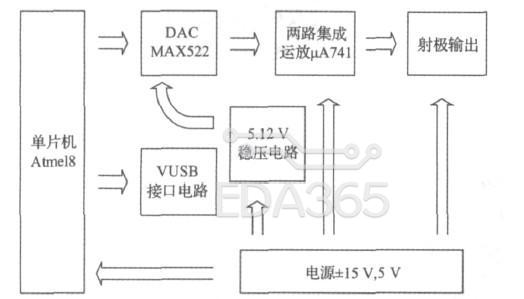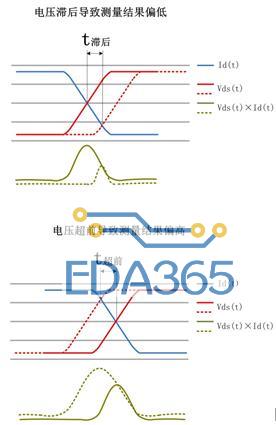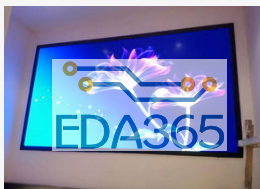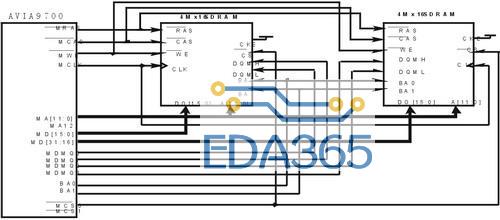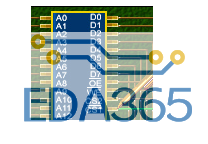52单片机实用的IO模拟串行口C语言源程序
用途:短距离、波特率要求不高、环境干扰不大的场合
特点:
程序简练、实用、移植方便
占用定时器T2
只消耗约600字节的ROM
有详细的注释
参数:
晶振:22.1184MHz
波特率:1200
起始位:1
数据位:8
校验位:无
停止位:1
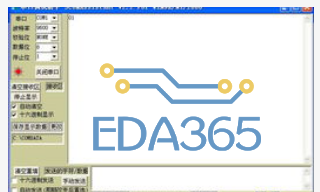
#include
//将T2定时器的自动重装寄存器定义成16位SFR,以方便访问
sfr16 RCAP2 = 0xCA;
//修改如下定义将方便程序移植
sbit RXD_pin = P3^0; //定义接收引脚
sbit TXD_pin = P3^1; //定义发送引脚
#define MAIN_CLK 22118400L //定义主频
#define BAUD_RATE 1200L //定义波特率(数值不能太高,因为要给T2中断服务程序留足执行时间)
#define HITS 8 //定义采样率(应当是偶数;减少采样率能提高波特率,但为保证可靠工作,最小不能少于6次)
#define RXD_BUF_LEN 32 //定义接收缓冲区大小
volatile unsigned char RXD_buf[RXD_BUF_LEN]; //定义接收缓冲区(循环队列)
volatile unsigned char RXD_p1; //指向缓冲区,由中断程序自动修改
volatile unsigned char RXD_p2; //指向缓冲区,由主程序修改
#define TXD_BUF_LEN 32 //定义发送缓冲区大小
volatile unsigned char TXD_buf[TXD_BUF_LEN]; //定义发送缓冲区(循环队列)
volatile unsigned char TXD_p1; //指向TXD_buf,由主程序修改
volatile unsigned char TXD_p2; //指向TXD_buf,由中断程序修改
//定时器T2初始化
extern void T2_init()
{
EA = 0;
T2CON = 0x00;
PT2 = 1; //将T2中断设置成高级优先级
RCAP2 = 65536L - ( MAIN_CLK / 12 ) / ( BAUD_RATE * HITS ); //此公式值得你琢磨一下
TH2 = RCAP2H;
TL2 = RCAP2L;
ET2 = 1;
TR2 = 1;
EA = 1;
}
//接收初始化
extern void RXD_init()
{
unsigned char i;
RXD_pin = 1;
RXD_p1 = 0;
RXD_p2 = 0;
for ( i=0; i {
RXD_buf[i] = 0x00;
}
}
//发送初始化
extern void TXD_init()
{
unsigned char i;
TXD_pin = 1;
TXD_p1 = 0;
TXD_p2 = 0;
for ( i=0; i《 TXD_BUF_LEN; i++ )
{
TXD_buf[i] = 0x00;
}
}
//发送单个字符
extern void TXD_Send_Char(const unsigned char c)
{
unsigned char p; //临时变量
p = TXD_p1 + 1;
if ( p 》= TXD_BUF_LEN ) p = 0;
while ( p == TXD_p2 ); //判断发送缓冲队列是否已满,如果是,则暂时不能发送
TXD_buf[TXD_p1] = c; //先将c写入队列
TXD_p1 = p; //再修改TXD_p1
//在T2中断服务程序里会自动完成发送
}
//发送字符串(不包括末尾的‘’)
extern void TXD_Send_String(const unsigned char s[])
{
unsigned char c;
unsigned int i = 0;
for (;;)
{
c = s[i++];
if ( c == ‘’ ) break;
TXD_Send_Char(c);
}
}
//定义接收缓冲字符
volatile unsigned char bdata RXD_ch;
sbit RXD_ch_MSB = RXD_ch^7;
//定义发送缓冲字符
volatile unsigned char bdata TXD_ch;
sbit TXD_ch_LSB = TXD_ch^0;
//T2中断服务程序
//每中断HITS次处理1位
static void T2INTSVC() interrupt 5 using 3
{
//定义接收所需要的变量
static bit RXD_doing = 0; //正在接收的标志
static unsigned char RXD_t = HITS/2; //接收时计数T2的中断次数
static unsigned char RXD_cnt; //接收时bit位的计数器
//定义发送所需要的变量
static bit TXD_doing = 0; //正在发送的标志
static unsigned char TXD_t; //发送时计数T2的中断次数
static unsigned char TXD_cnt; //发送时bit位的计数器
//先清除TF2
TF2 = 0;
//接收数据
if ( RXD_doing ) //正处于接收状态
{
if ( --RXD_t == 0 ) //经过了HITS个采样脉冲
{
if ( RXD_cnt == 0 ) //8个数据位接收完毕
{
if ( RXD_pin ) //检测到停止位
{
RXD_t = RXD_p1 + 1; //在这里,RXD_t作为临时变量
if ( RXD_t 》= RXD_BUF_LEN ) RXD_t = 0;
if ( RXD_t != RXD_p2 ) //如果接收缓冲队列未满
{
RXD_buf[RXD_p1] = RXD_ch;
RXD_p1 = RXD_t;
}
else
{
//如果接收缓冲队列已满,只好丢弃新收到数据
}
}
else //检测停止位时出错
{
//舍弃新收到的数据
}
RXD_doing = 0; //接收全部完毕,清除正在接收的标志
RXD_t = HITS/2; //恢复RXD_t的初始值
}
else //接收数据位
{
RXD_ch 》》= 1;
RXD_ch_MSB = RXD_pin;
//上面2条语句若用{CY=RXD_pin; CY=(RXD_ch&0x01); RXD_ch=ACC;}代替,效率更高
RXD_cnt--;
RXD_t = HITS;
}
}
}
else //检测起始位
{
if ( RXD_pin )
{
RXD_t = HITS/2;
}
else
{
RXD_t--;
if ( RXD_t == 0 ) //连续HITS/2次采样RXD_pin都是0,就可以确认起始位
{
//启动接收
RXD_t = HITS;
RXD_cnt = 8;
RXD_doing = 1;
}
}
}
//发送数据
if ( TXD_doing ) //正处于发送状态
{
TXD_t--;
if ( TXD_t == 0 )
{
if ( TXD_cnt == 0 ) //发送全部完毕
{
TXD_doing = 0; //清除正在发送的标志
}
else
{
if ( TXD_cnt == 1 ) //8个数据位发送完毕
{
TXD_pin = 1; //发送停止位
}
else //发送数据位
{
TXD_pin = TXD_ch_LSB;
TXD_ch 》》= 1;
//上面2条语句若用{CY=(TXD_ch&0x01); TXD_pin=CY; TXD_ch=ACC;}代替,效率更高
}
TXD_cnt--;
TXD_t = HITS;
}
}
}
else
{
if ( TXD_p2 != TXD_p1 ) //如果发送缓冲队列不空
{
//从发送缓冲队列中取出要发送的数据
TXD_ch = TXD_buf[TXD_p2++];
if ( TXD_p2 》= TXD_BUF_LEN ) TXD_p2 = 0;
//启动发送
TXD_doing = 1;
TXD_cnt = 9;
TXD_t = HITS;
//先发送起始位
TXD_pin = 0;
}
else
{
//发送缓冲队列是空的,不发送任何数据
}
}
}
//系统初始化
void SystemInit()
{
TXD_init();
RXD_init();
T2_init();
}
//主程序
void main()
{
unsigned char c;
SystemInit();
//
TXD_Send_String(“Hello!rn”);
TXD_Send_String(“The author is 21IC suda.rn”);
//以下是简单的测试:从接收引脚接收数据,再通过发送引脚转发出去
for (;;)
{
if ( RXD_p2 != RXD_p1 )
{
c = RXD_buf[RXD_p2++];
if ( RXD_p2 》= RXD_BUF_LEN ) RXD_p2 = 0;
TXD_Send_Char(c);
}
}
}
『本文转载自网络,版权归原作者所有,如有侵权请联系删除』
 热门文章
更多
热门文章
更多



